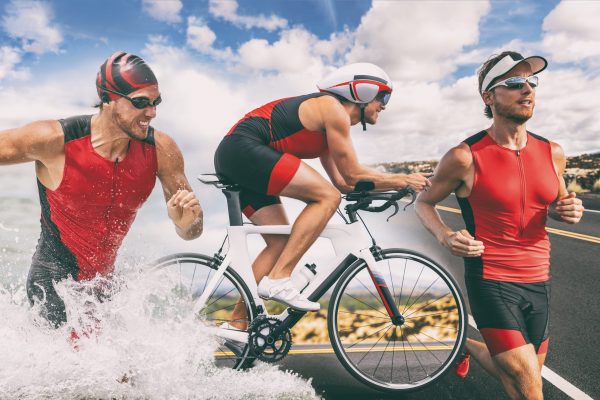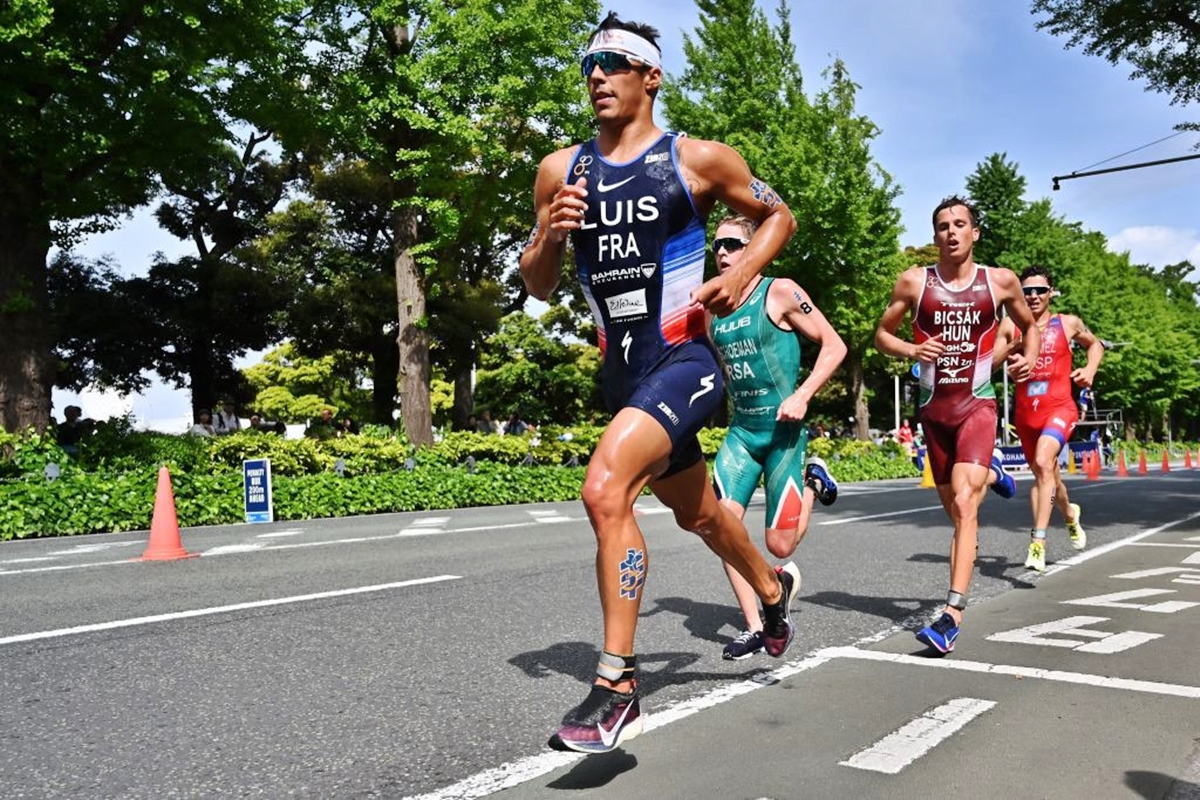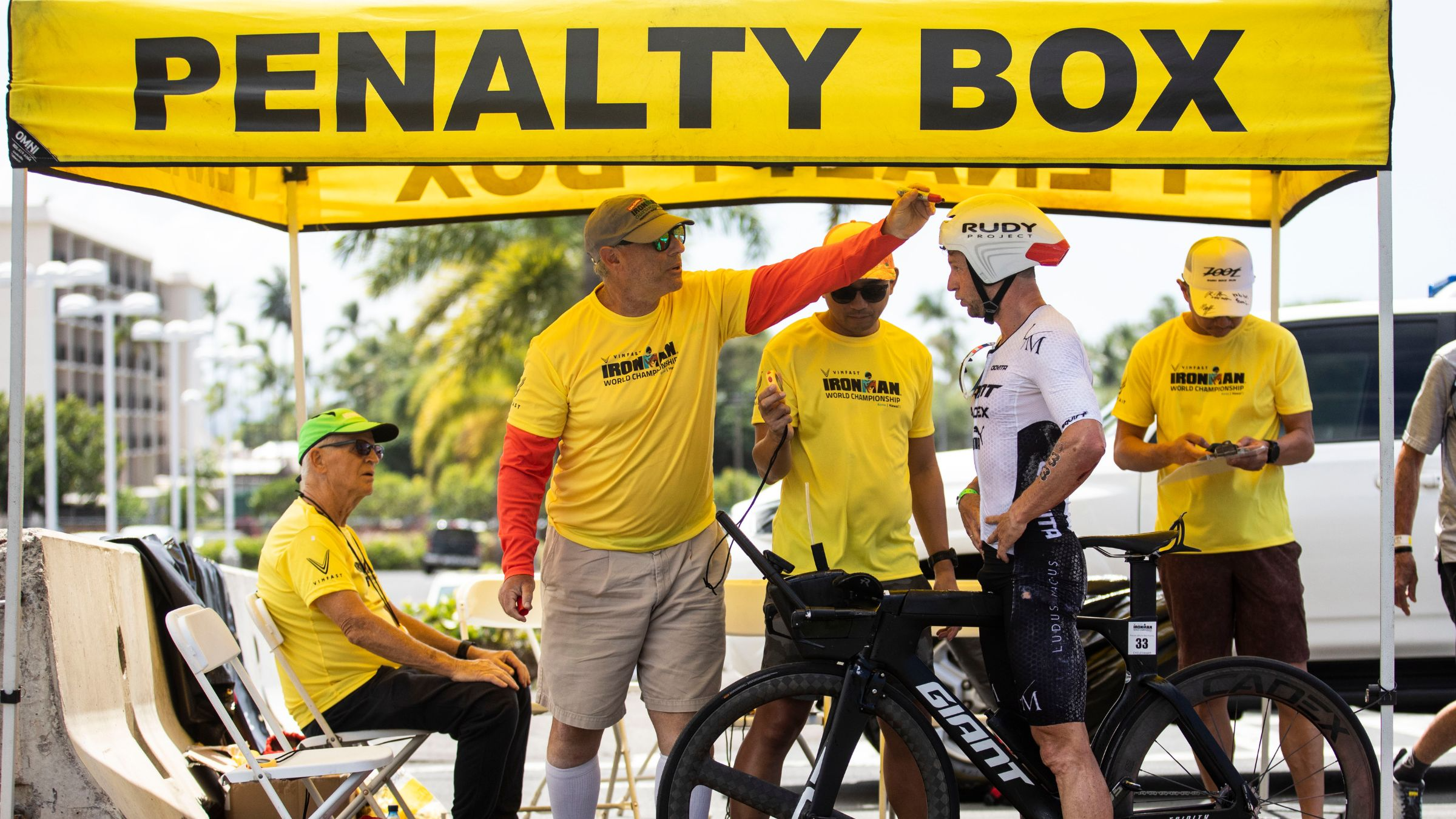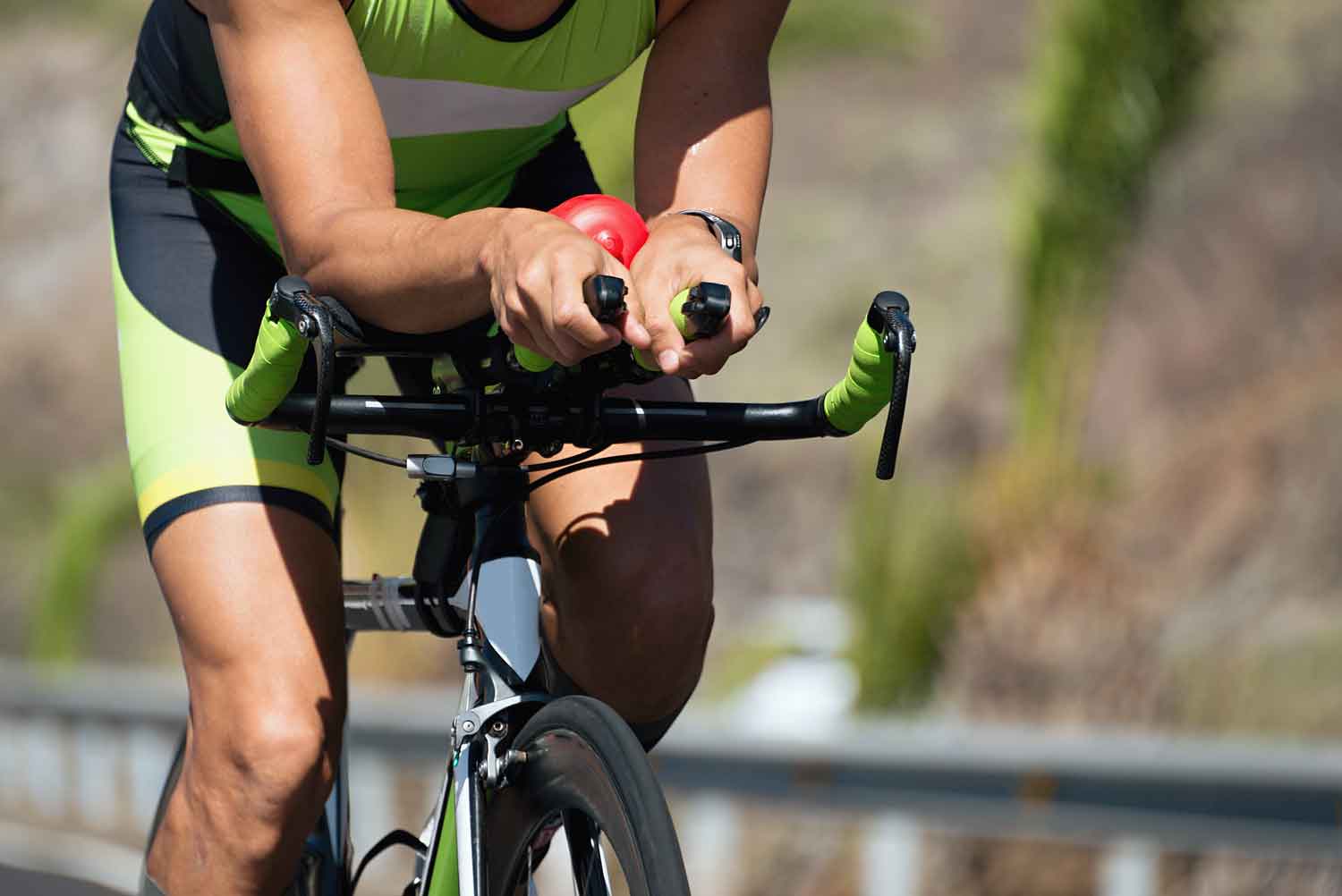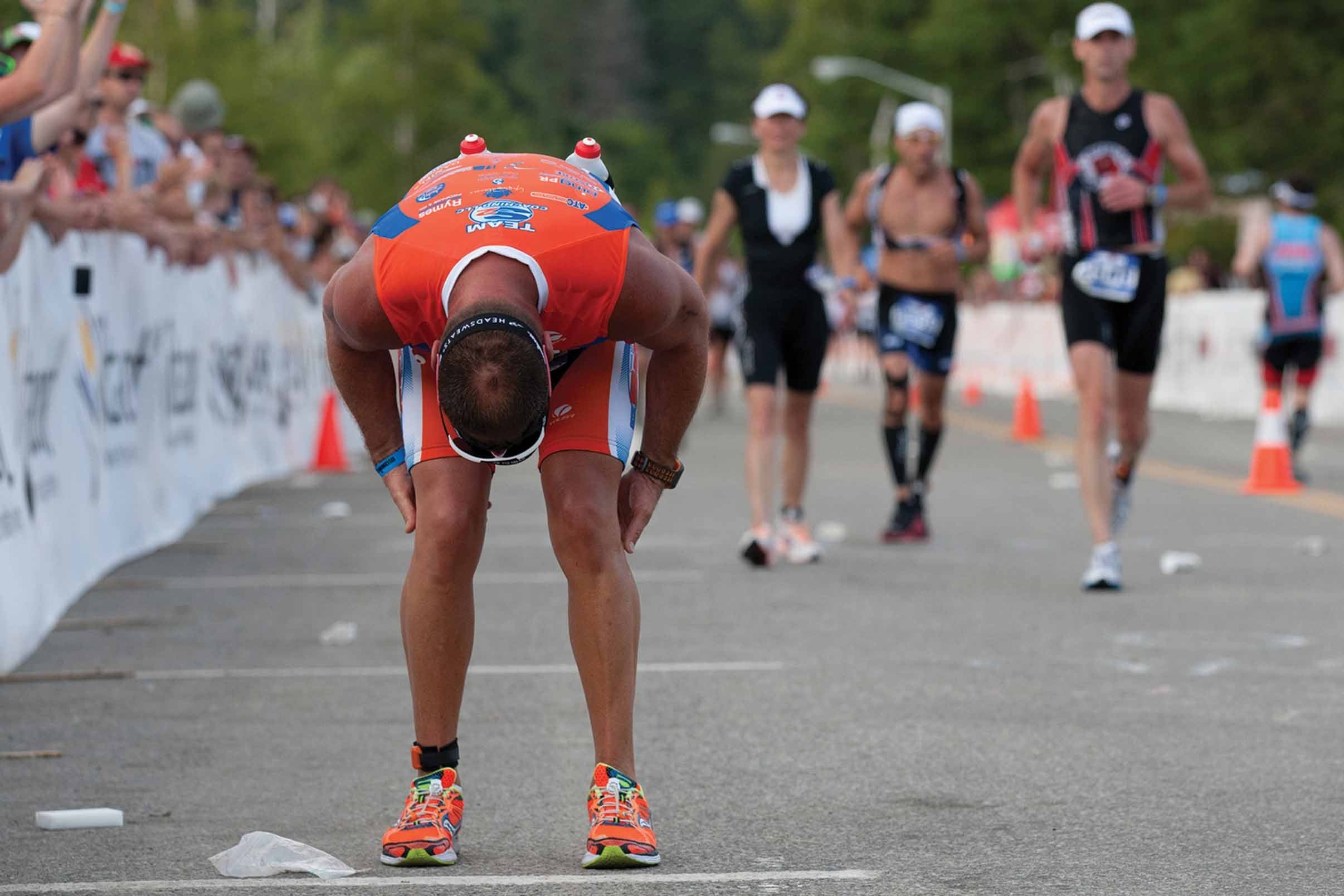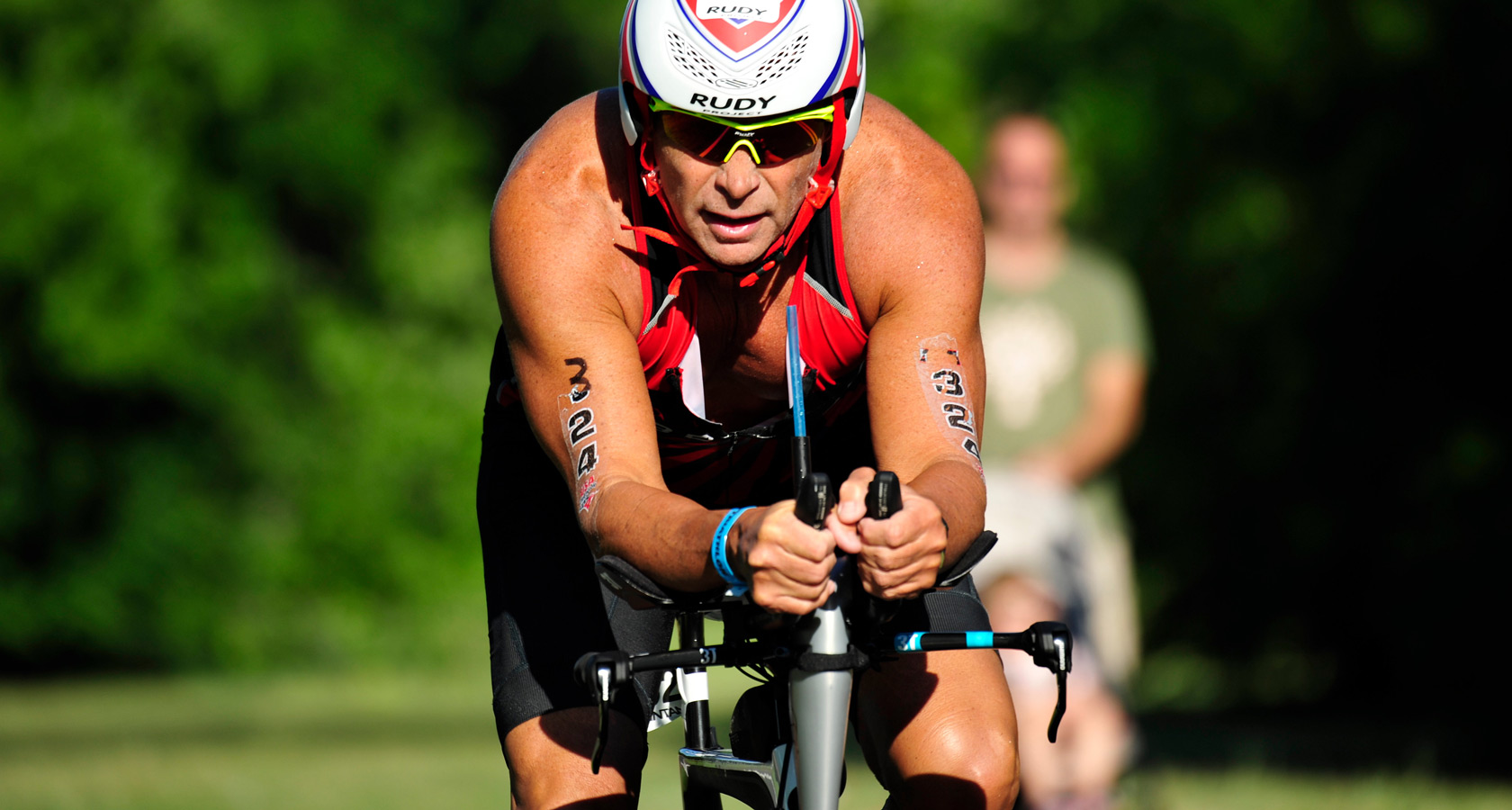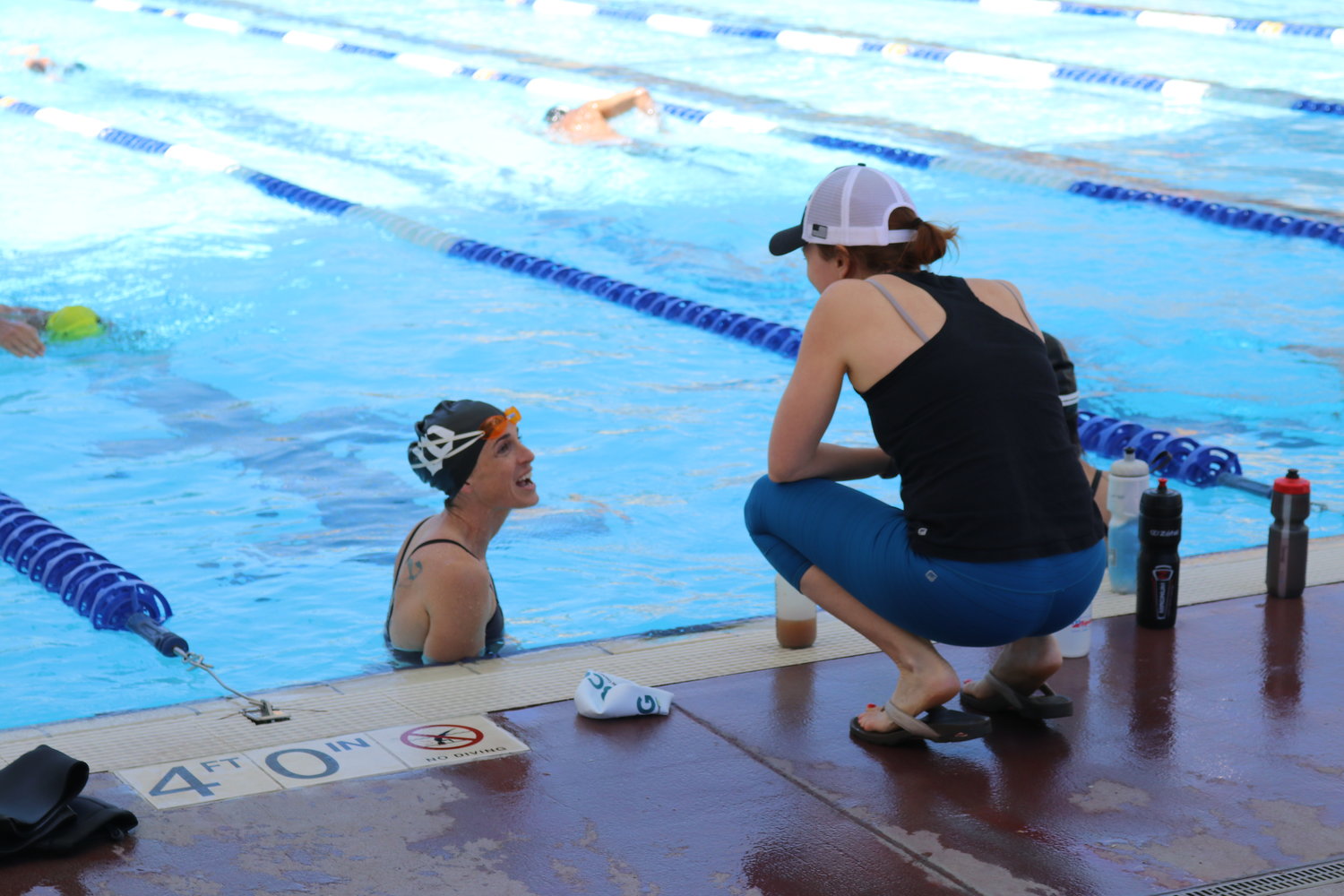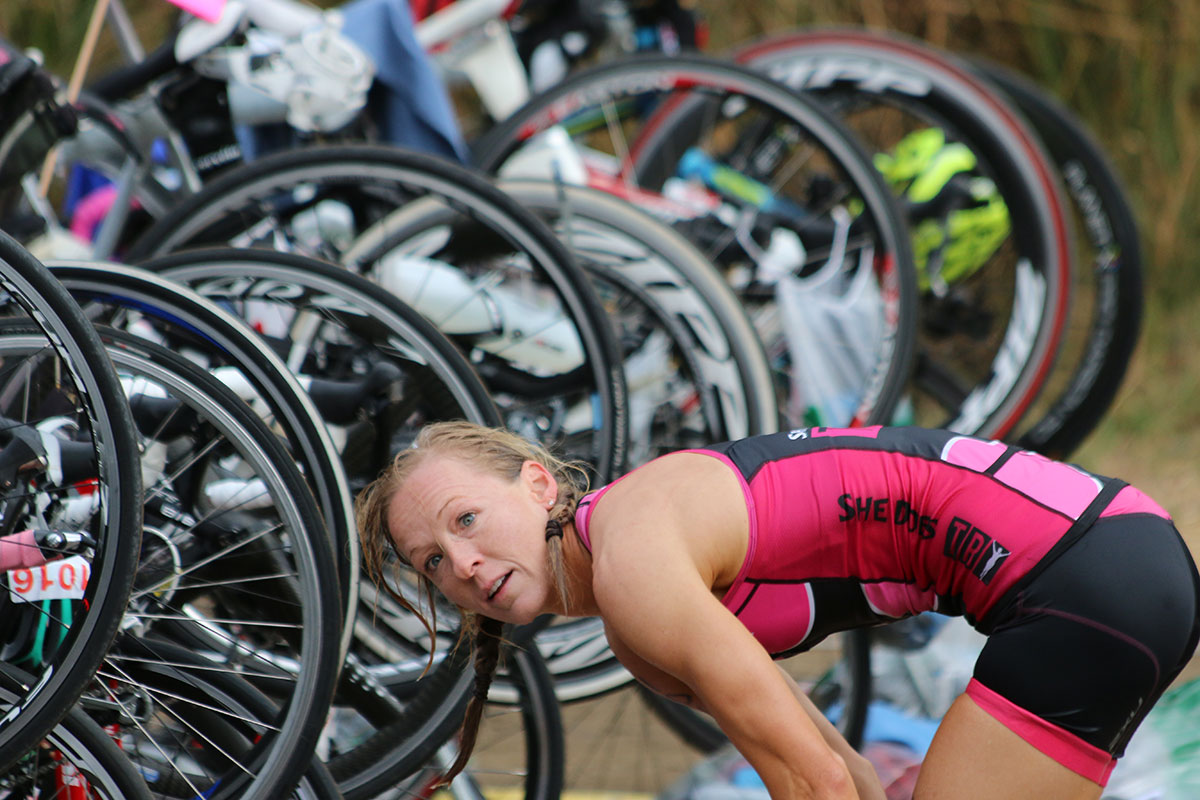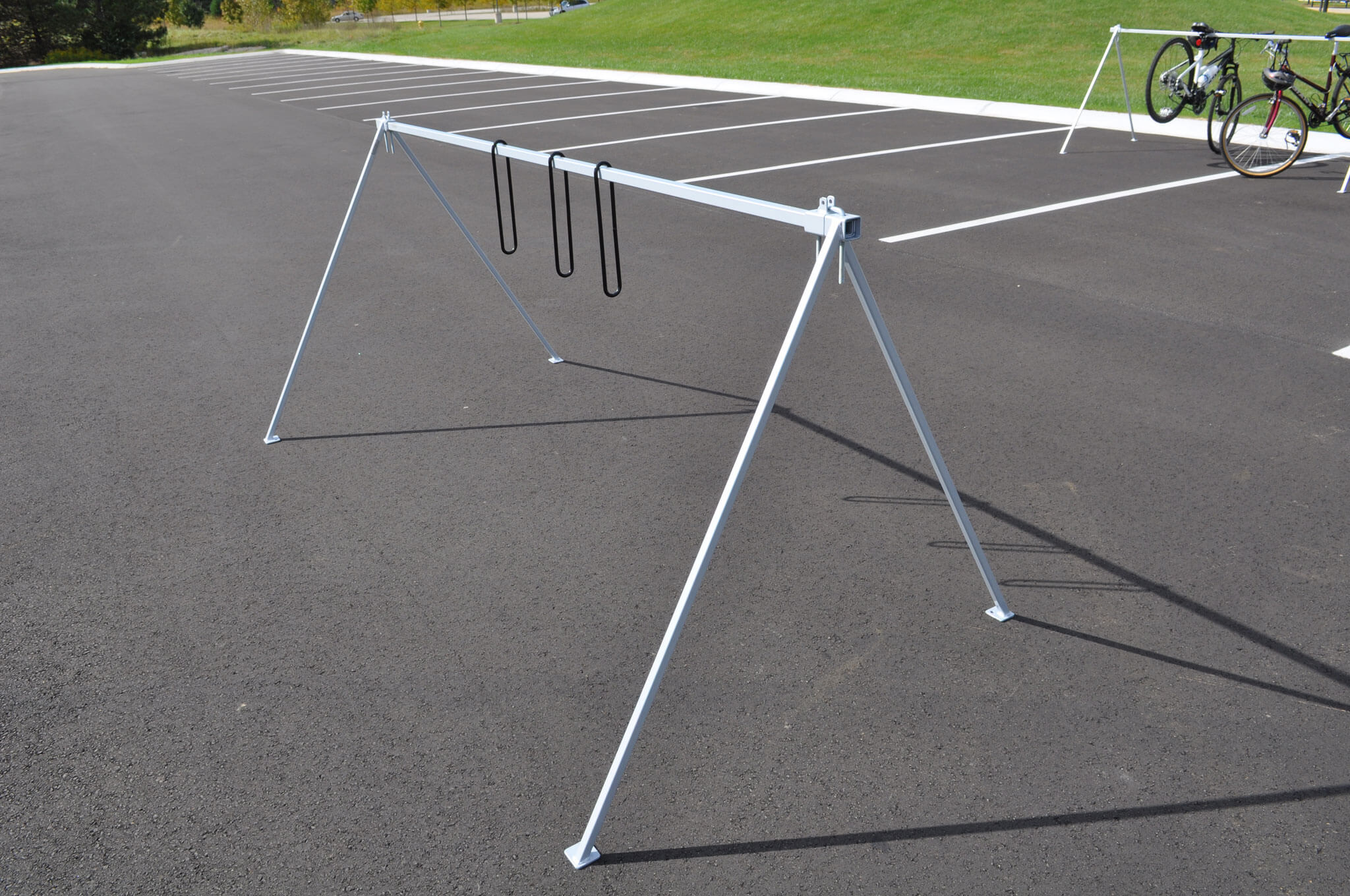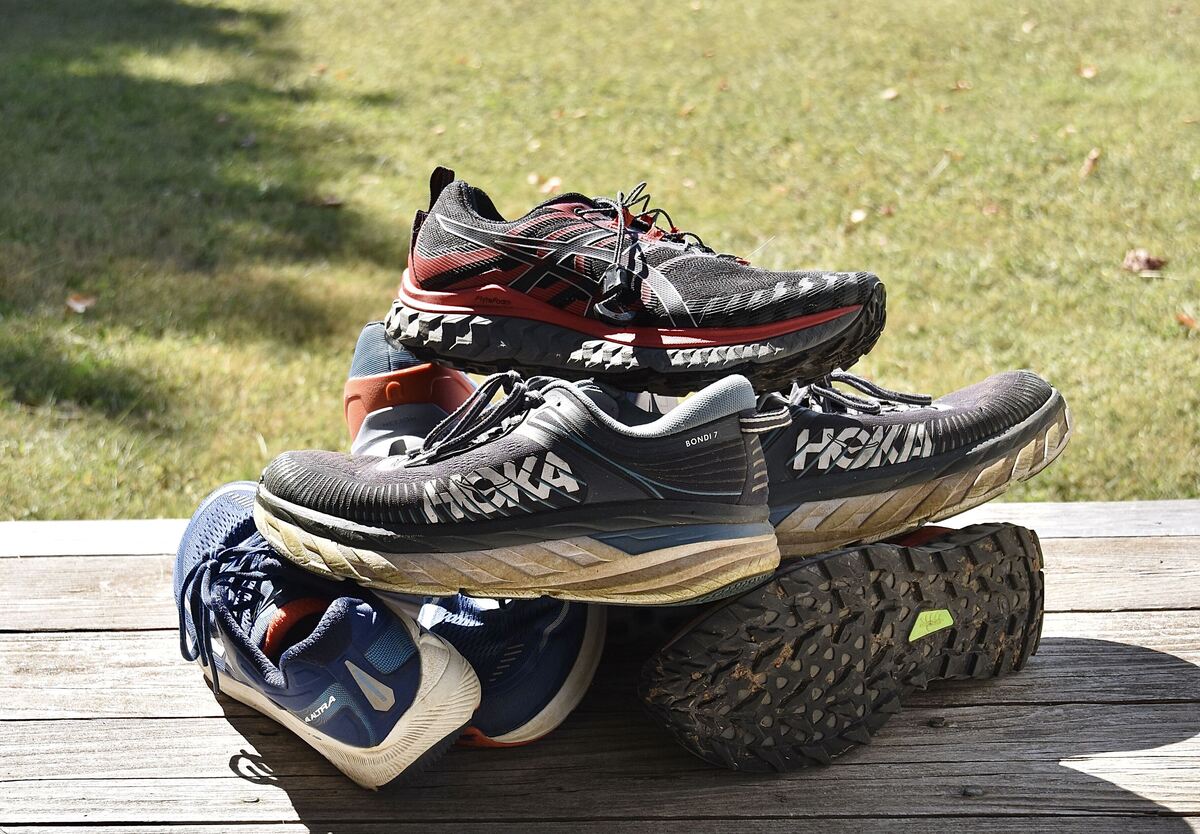Home>Misc>Featured>How Old Do You Have To Be To Do A Triathlon
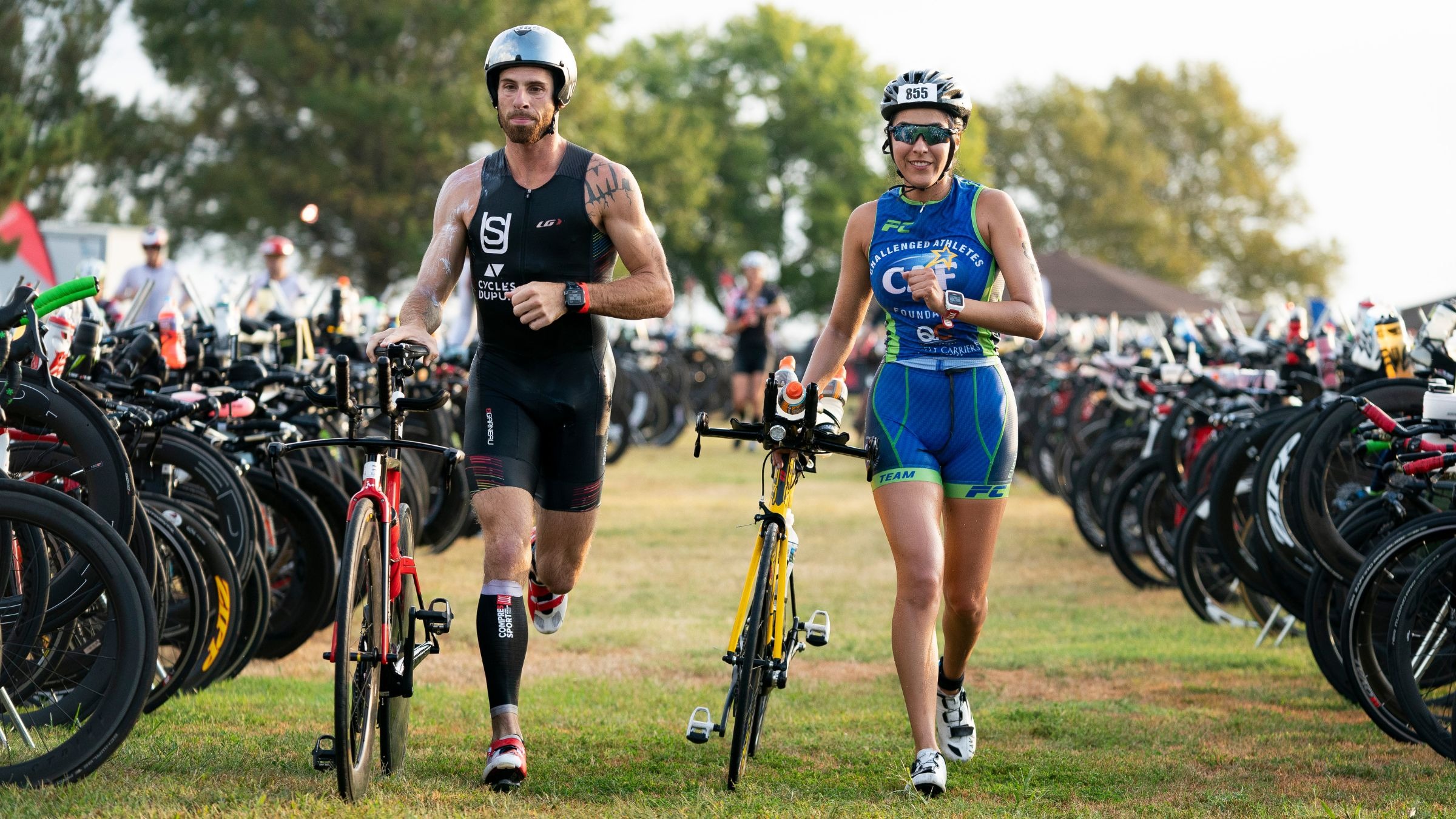

Featured
How Old Do You Have To Be To Do A Triathlon
Modified: January 22, 2024
Find out the minimum age requirement for participating in a featured triathlon event. Discover if you're eligible to join the race!
Introduction
Welcome to the exciting world of triathlons! Triathlons, as you may already know, are multi-discipline endurance events that typically involve swimming, cycling, and running. They are a thrilling and challenging way to test one’s physical and mental limits, and can be enjoyed by people of all ages and fitness levels.
If you’re wondering how old you need to be to participate in a triathlon, you’ve come to the right place. Triathlon age requirements can vary depending on the type of race and the governing body that oversees it. In general, most triathlon events have age restrictions to ensure the safety and well-being of participants, especially when it comes to younger athletes.
In this article, we will explore the age requirements for triathlons, the different categories available for youth participants, and the benefits of getting young kids involved in these multi-sport events. So, whether you’re a parent looking for information on how to get your child started in triathlons or a young athlete eager to take on the challenge, read on to find out everything you need to know.
Age Requirements for Triathlon
When it comes to participating in a triathlon, age requirements are put in place to ensure the safety and well-being of all participants. These requirements can vary depending on the country, the specific triathlon event, and the governing body that oversees it. In most cases, there are minimum age restrictions, but there may also be maximum age limits for certain categories or divisions.
The minimum age to compete in a triathlon event can range from as young as 3 years old for some introductory or youth-focused races, to 18 years old for more competitive and longer-distance races. It’s important to note that age requirements may differ for each discipline within the triathlon. For example, the minimum age for the swimming portion of a triathlon may be different from the running or cycling portions.
Additionally, some triathlon events have specific age groups or categories, allowing participants to compete against others in their age range. This helps to ensure fair competition and allows athletes to gauge their performance against their peers. These age groups are typically divided into increments of 5 or 10 years, such as 20-24, 25-29, and so on.
It’s worth mentioning that while there are minimum age requirements for triathlons, there is no maximum age limit, as long as the participant is deemed physically fit to compete. This means that individuals of all ages, from teenagers to seniors, can continue to participate and enjoy the thrill of triathlon events.
Youth Triathlon Categories
Triathlon events often offer specific categories or divisions for youth participants, allowing them to compete against others in their age group and skill level. These categories are designed to encourage young athletes to participate and enjoy the sport while providing a safe and fair environment for them to showcase their abilities. Let’s explore some of the common youth triathlon categories:
- Tri-Star: The Tri-Star category is typically for children aged 8-10 years old. The distances covered in this category are shorter and more manageable for younger participants. The swim portion is usually around 50-150 meters, followed by a 2-5 kilometer bike ride and a 500-meter to 1-kilometer run.
- Junior: The Junior category is for older youth competitors, usually in the age range of 11-14 years old. With slightly longer distances, this category poses a greater challenge. The swimming distance can range from 200-400 meters, followed by a 5-10 kilometer bike ride and a 1-2 kilometer run.
- Senior: The Senior category is for teenagers aged 15-18 years old. This category closely resembles the distances and challenges faced by adult triathletes. The swim distance can be around 400-750 meters, followed by a 10-20 kilometer bike ride and a 2-5 kilometer run.
These youth triathlon categories allow young athletes to compete against their peers in age-appropriate divisions. By participating in events tailored to their age and skill level, young triathletes can gain experience, build confidence, and form lasting friendships within the triathlon community. It’s a fantastic opportunity for them to develop their athletic abilities while having fun and staying active.
Mini-Triathlons for Kids
For younger children who are eager to get a taste of the triathlon experience, mini-triathlons are a perfect starting point. These events are specifically designed for kids and offer shorter distances and modified challenges to suit their age and abilities. Mini-triathlons provide a fun and supportive environment for young athletes to explore the sport and develop their skills.
The distances covered in mini-triathlons are significantly shorter compared to regular triathlons. The swim portion may range from 25-100 meters, followed by a bike ride of around 1-5 kilometers, and rounded off with a run of 500 meters to 2 kilometers. These distances can vary depending on the age range and skill level of the participants.
Mini-triathlons also often incorporate various fun elements to keep the young athletes engaged and entertained. For example, some events may have obstacle courses, relay teams, or themed races to add an extra dose of excitement and enjoyment. The focus is on participation, building confidence, and fostering a love for physical activity.
Participating in mini-triathlons can have numerous benefits for kids. The events promote regular exercise, help develop endurance and strength, and improve overall fitness levels. They also teach important life skills such as goal-setting, perseverance, and teamwork, as children train and compete alongside their peers.
Furthermore, mini-triathlons provide an opportunity for kids to experience a structured and organized event, introducing them to the concept of race preparation, following rules, and managing their performance under pressure. These valuable experiences can carry over into other areas of their lives, instilling discipline, focus, and the ability to handle challenges.
Parents and guardians play a crucial role in supporting their children’s participation in mini-triathlons. Encouragement, proper training guidance, and ensuring safety precautions are all essential components of nurturing a positive triathlon experience for young athletes. It’s also important for parents to emphasize the importance of enjoying the journey and celebrating personal achievements, rather than solely focusing on winning.
Overall, mini-triathlons provide an accessible and enjoyable entry point for kids to explore the world of triathlons. These events promote healthy habits, foster personal growth, and create lasting memories. Whether it’s a first step towards becoming a competitive triathlete or simply a fun way to stay active, mini-triathlons are a fantastic avenue for children to embrace the joy of multi-sport events.
Training and Preparing for a Triathlon
Preparing for a triathlon requires a blend of physical training, mental preparation, and careful planning. Whether you’re a seasoned athlete or a beginner, here are some essential tips to help you train effectively and get ready for the challenges of a triathlon:
- Establish a Training Schedule: Create a structured training plan that includes swimming, cycling, and running sessions. Gradually increase the intensity and duration of your workouts over time to build endurance.
- Focus on Cross Training: Incorporate cross-training exercises such as strength training, yoga, and flexibility exercises to improve overall fitness and prevent injuries. This will help to build strength and stability in muscles used during the triathlon disciplines.
- Practice Brick Workouts: Brick workouts involve combining two of the triathlon disciplines in the same session, such as a bike ride followed immediately by a run. This helps your body acclimate to the unique demands of transitioning between disciplines.
- Simulate Race Conditions: As your race day approaches, practice your transitions between swimming, cycling, and running. Set up a mock transition area and practice moving efficiently from one discipline to the next.
- Stay Hydrated and Fuel Properly: Proper nutrition and hydration play a crucial role in training and racing. Stay hydrated throughout your workouts, and consume a balanced diet to fuel your body for peak performance.
- Get Familiar with the Course: If possible, visit the race venue before the event to familiarize yourself with the course. Practice swimming in open water, cycling on the race route, and running on similar terrain to build confidence.
- Listen to your Body: Pay attention to any signs of overtraining or injuries. Rest and recovery are just as important as training. Listen to your body and give yourself adequate time to heal and rejuvenate.
- Stay Motivated: Find a training partner or join a triathlon club to stay motivated and accountable. Celebrate small achievements along the way and remember why you started this journey.
Remember, the key to successfully training for a triathlon is consistency, dedication, and a positive mindset. Enjoy the process, embrace the challenges, and trust in your ability to cross that finish line. With the right preparation and training, you’ll be well on your way to a memorable triathlon experience.
Safety Measures for Young Triathletes
When it comes to young triathletes, safety should be a top priority for both parents and race organizers. Here are some important safety measures to consider when participating in triathlons:
- Proper Equipment and Gear: Ensure that young athletes have appropriate gear and equipment for each discipline, including helmets for cycling and properly fitted swim goggles. Double-check that everything is in good condition and meets safety standards.
- Competent Supervision: Make sure that there are trained lifeguards present during the swimming portion of the triathlon, especially when open water swimming is involved. Have adult supervisors or coaches stationed throughout the race course to monitor young participants and offer guidance when needed.
- Emergency Action Plans: Create and communicate an emergency action plan to all participants, parents, and race staff. This plan should include information about first aid, medical assistance, and emergency evacuation procedures. It’s vital to be prepared for any unexpected situations that may arise during the event.
- Course Safety: Design the race course with safety in mind. Assess and minimize any potential hazards, such as sharp turns, uneven surfaces, or busy traffic areas. Clearly mark the course with appropriate signage and barriers to guide participants and ensure their safety.
- Hydration and Sun Protection: Provide accessible water stations along the race course and encourage participants to stay hydrated throughout the event. Additionally, educate young triathletes about the importance of sun protection, such as wearing sunscreen, hats, and lightweight, breathable clothing, to prevent sunburn and heat-related illnesses.
- Age and Skill-Appropriate Distances: Tailor the distances of each discipline to suit the age and skill level of young triathletes. It’s essential to strike a balance between providing a challenge and avoiding overwhelming young participants. Planning age-appropriate distances can help reduce the risk of exhaustion or injuries.
- Sportsmanship and Respect: Encourage a culture of sportsmanship and respect among young triathletes. Teach them the importance of following the rules, displaying good sportsmanship, and respecting the rights and safety of their fellow competitors. This fosters a positive and inclusive environment for all participants.
- Pre-Event Communication: Clearly communicate all safety guidelines, rules, and expectations to the participants and their parents beforehand. Share information about safety considerations, training tips, and any specific requirements or recommendations to ensure everyone is well-informed and prepared.
By prioritizing safety measures and creating a supportive environment, young triathletes can fully enjoy the sport while minimizing the risk of accidents or injuries. It’s a collective effort involving race officials, parents, coaches, and the participants themselves to ensure a safe and rewarding experience for all.
Benefits of Triathlon Participation for Kids
Participating in triathlons can have numerous positive impacts on the physical, mental, and personal development of young athletes. Here are some key benefits of triathlon participation for kids:
- Physical Fitness: Triathlons require a combination of swimming, cycling, and running, making it a highly effective way for kids to improve their overall fitness. The cardiovascular workout strengthens the heart and lungs, while the multiple disciplines work different muscle groups, promoting strength, endurance, and coordination.
- Healthy Lifestyle Habits: Triathlon participation instills healthy lifestyle habits in children from a young age. Regular training promotes physical activity, encourages a balanced diet, and emphasizes the importance of rest and recovery, laying the foundation for a lifetime of wellness.
- Goal Setting and Personal Achievement: Working towards and achieving personal goals is a valuable skill that can be developed through triathlon participation. Setting objectives such as completing a race, improving personal best times, or gradually increasing distances provides a sense of accomplishment and boosts self-confidence.
- Resilience and Mental Toughness: Triathlons require mental resilience and the ability to push through physical challenges. Young athletes learn to overcome obstacles, manage discomfort, and develop mental toughness, which can be applied to other aspects of their lives, including academics and personal relationships.
- Social Interaction and Friendship: Triathlons bring young athletes together, fostering an environment of camaraderie and social interaction. They have the opportunity to connect with peers who share similar interests and engage in teamwork, building lasting friendships and a sense of belonging within the triathlon community.
- Time Management and Discipline: Balancing training, schoolwork, and other commitments requires effective time management skills and discipline. Triathlon participation teaches young athletes the value of prioritization, organization, and developing a structured routine.
- Self-Discipline and Commitment: Triathlon training requires dedication, consistency, and perseverance. Kids develop self-discipline as they commit to regular workouts, follow training plans, and push themselves to improve. These qualities transfer to other areas of life, including academics and personal pursuits.
- Character Development: Triathlon participation helps shape positive character traits such as integrity, resilience, determination, and sportsmanship. Kids learn the value of fair play, respecting their fellow competitors, and embracing the spirit of competition.
Overall, triathlon participation offers young athletes a multitude of benefits, creating a strong foundation for a healthy and well-rounded lifestyle. It encourages physical fitness, mental resilience, goal-setting, and personal growth – all while fostering social connections and instilling lifelong values. Triathlons provide an incredible platform for kids to develop their physical and mental potential, setting them up for success in various aspects of life.
Conclusion
Participating in a triathlon can be a transformative experience for kids. It not only offers a thrilling and challenging adventure but also brings an array of benefits to their physical, mental, and personal well-being. Triathlon allows young athletes to test their limits, develop essential life skills, and foster a lifelong love for sports and physical activity.
With age-appropriate categories and careful attention to safety measures, triathlons provide a supportive and inclusive environment for kids to thrive. Through proper training, they can build their fitness levels, improve their endurance, and develop strength and coordination across the three disciplines.
Triathlon participation goes beyond physical fitness. It teaches invaluable lessons in goal-setting, mental resilience, and discipline. It nurtures social skills and friendships, creating a sense of camaraderie within the triathlon community. Kids learn to push themselves, embrace challenges, and celebrate personal achievements.
Parents, coaches, and race organizers play vital roles in ensuring the safety and well-being of young triathletes. By implementing proper supervision, adhering to safety guidelines, and promoting a culture of sportsmanship, they can create an environment where kids can thrive and enjoy their triathlon journey.
In conclusion, triathlon participation offers a unique and rewarding experience for kids. It combines the excitement of multi-discipline racing with the opportunity for personal growth and development. From the thrill of crossing the finish line to the friendships forged along the way, triathlons have the power to shape young athletes into resilient, determined, and confident individuals. So, lace up your shoes, hop on your bike, and dive into the world of triathlon. The journey awaits!
